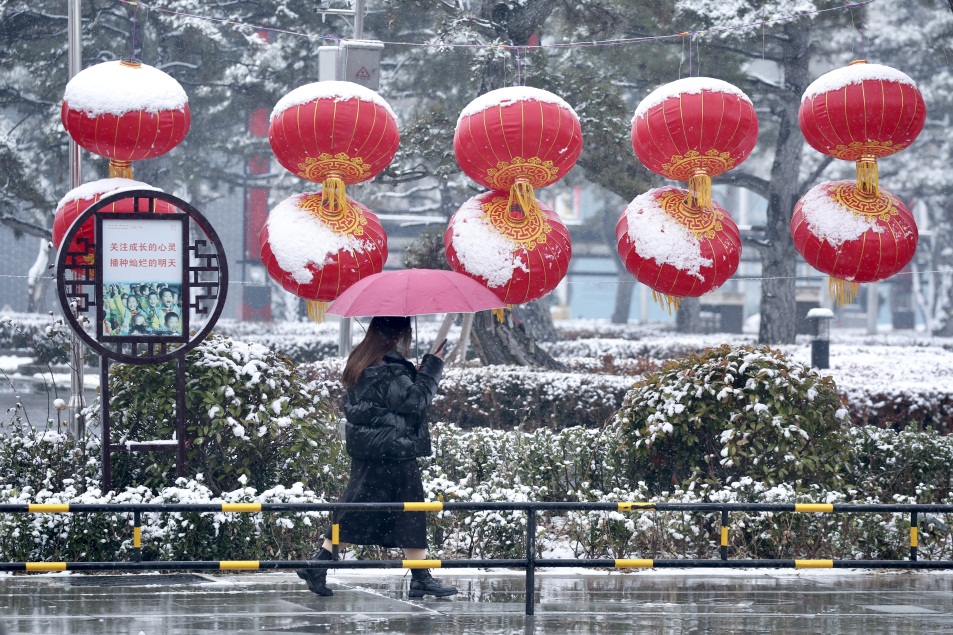'Fengshan Sacrifices' at Mount Tai
According to UNESCO officer Du Xiaofan, Mount Tai is most intertwined with Chinese history among the mountains of China.
On the mountain there are 12 historically recorded imperial ceremonies in homage to Heaven and Earth, about 1,800 stone tablets and inscriptions, and 22 temples, which together make Mount Tai the most famous sacred mountain in China, and a world-renowned treasure house of history and culture.
The Fengshan Sacrifice rites, also called the emperors' sacrificial ceremonies, are a kind of religious ritual that was conducted by China's ancient emperors on Mount Tai.
Over 3,000 years, Chinese emperors made pilgrimages to Mount Tai to pray to the gods. Twelve emperors, beginning with Qin Shihuang, the first emperor to unify China in 221 BC, have paid homage in the ritual of "Fengshan Sacrifices" at the mountain to inform the gods of their miraculous feats in governing the country.
 |
|
The religious ritual of "Fengshan Sacrifices" at Mount Tai depicted in an ancient painting. [Photo/dzww.com] |
China's ancient people regarded Mount Tai as a symbol of Heaven, making Mount Tai the place where ancient emperors held the ceremony to receive orders and blessings from Heaven and Earth.
According to Zheng Yi in Records of the Historian, Feng involved building altars using soil on the summit of Mount Tai to report the merits of the emperor to the God of Heaven and announce the legitimacy of his reign. Shan was the clearing of the land on a hill at the foot of the mountain to express gratitude to the God of Earth.
By holding Fengshan, emperors believe they can mediate between Heaven and Earth and humans to help their rules go smoothly.

 Shandong: Where Excellence is made
Shandong: Where Excellence is made Building a Moderately Prosperous Society: The Tai'an Way
Building a Moderately Prosperous Society: The Tai'an Way Video: Jiunvfeng Park
Video: Jiunvfeng Park

